Shows the share of lymphocytes among your white blood cells to reflect immune activity.
Securely stored in EU
Cancel anytime
Test 100+ biomarkers
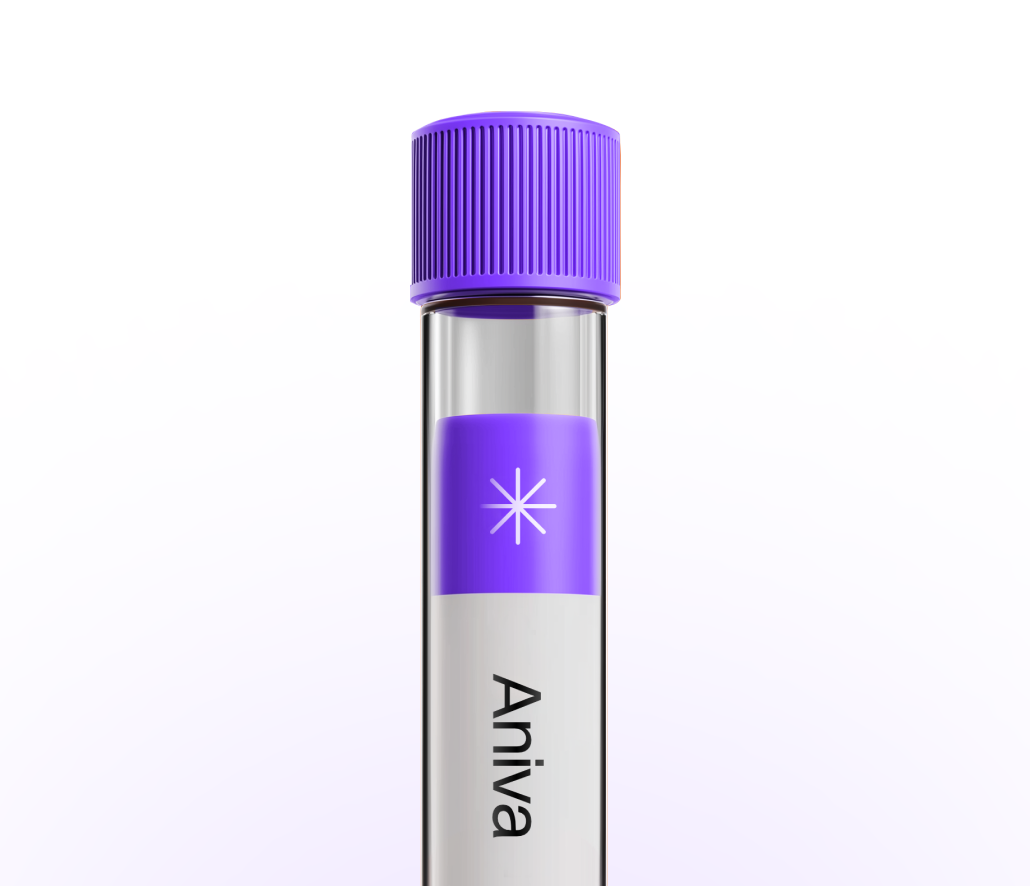
Less than 5 minutes waiting time. One
simple test at one of our 20+ locations.
Get your lab reports within one week.
Accessible on our app and per PDF.
All your health records stored
in a single, convenient place.

Clinicians order Lymphocytes (%) as part of a CBC with differential to check immune activity and infection patterns. It can help explain fevers, swollen lymph nodes, fatigue, or monitor medication effects and recovery. Abnormal results often lead to reviewing the absolute lymphocyte count, other white cell types, or a blood smear. You can test this marker with Aniva across Germany and Finland.
Clinicians order Lymphocytes (%) as part of a CBC with differential to check immune activity and infection patterns. It can help explain fevers, swollen lymph nodes, fatigue, or monitor medication effects and recovery. Abnormal results often lead to reviewing the absolute lymphocyte count, other white cell types, or a blood smear. You can test this marker with Aniva across Germany and Finland.
High: A higher percentage (relative lymphocytosis) can show after recent or viral infections, with smoking, or when neutrophils are lower. Some medicines and spleen removal can raise it. Checking symptoms and the absolute lymphocyte count helps clarify if it’s a true increase.
Low: A lower percentage (relative lymphopenia) can occur with stress, steroid medicines, acute illness, or after surgery. Chemotherapy, immunosuppressants, and severe illness may also lower it. If results are unexpected, recheck when well and review medicines and timing with your clinician.
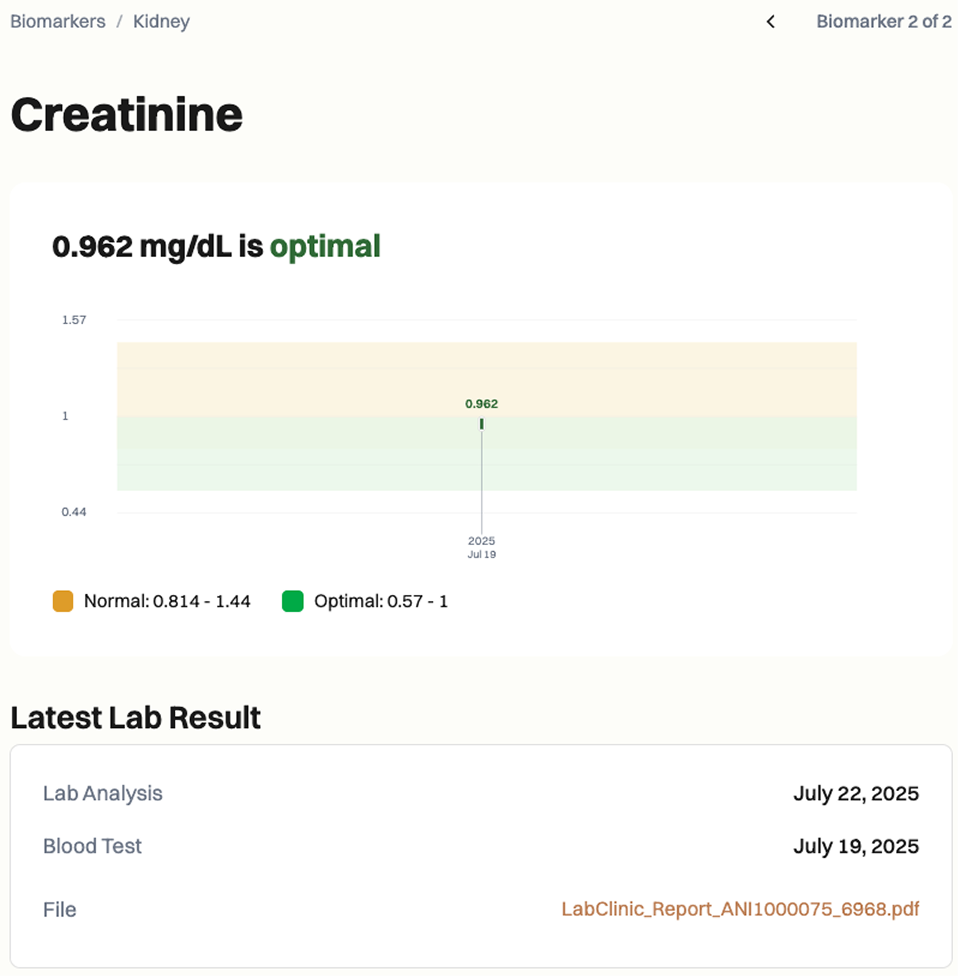
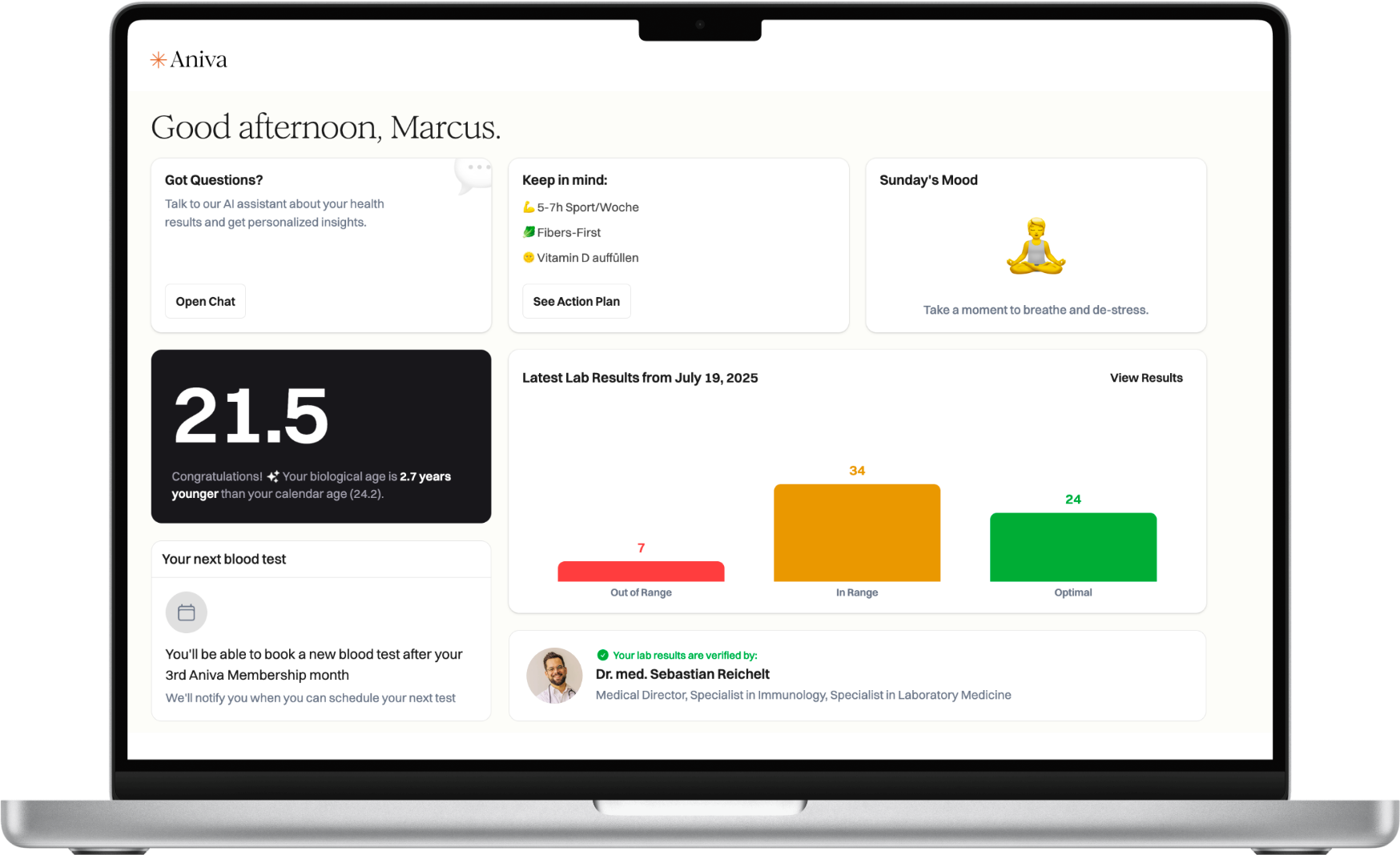
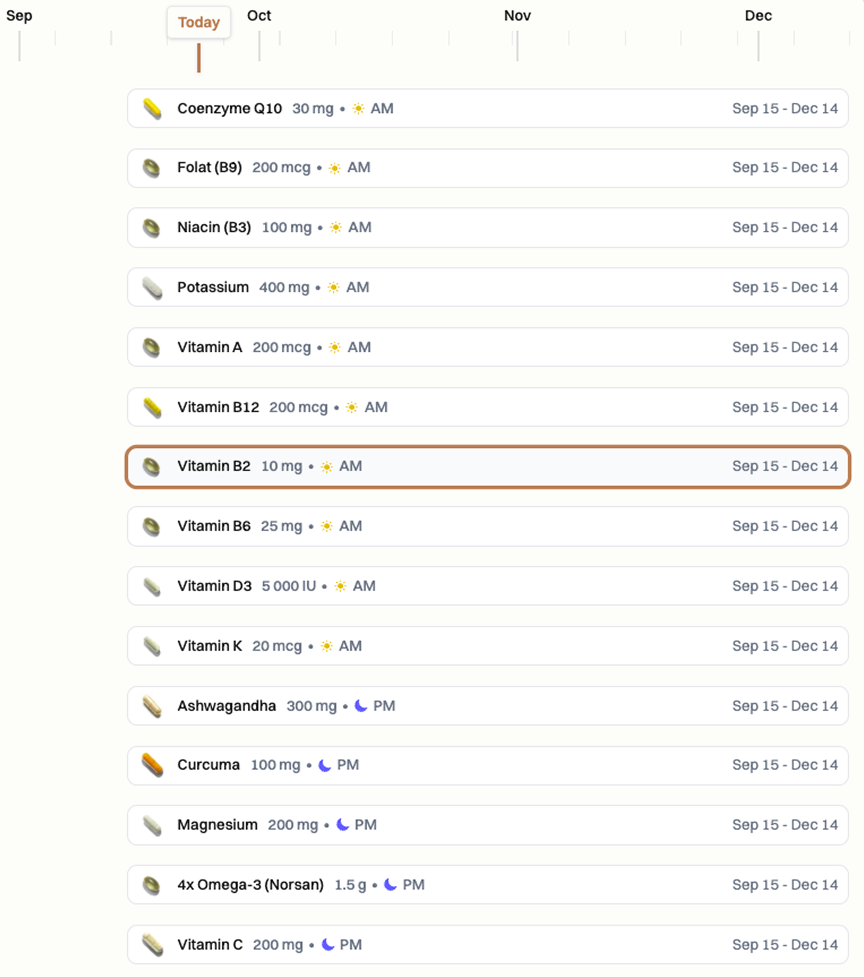
Common factors that can skew results include recent infections, steroid or immunosuppressant use, chemotherapy, strenuous exercise, stress, smoking, dehydration or overhydration, pregnancy, and time of day. Recent vaccines, alcohol use, and sample delays can also shift white blood cell proportions.
Special situations (when to confirm or adjust): recheck outside acute illness, after steroid changes, or during pregnancy; interpret alongside the absolute lymphocyte count and consider a blood smear if results seem inconsistent.
What does a high or low result mean? A higher percentage may follow viral illness or lower neutrophils. A lower percentage can occur with stress, steroid use, or acute illness.
Do I need to fast for this test? No. Fasting does not affect the lymphocyte percentage.
What can affect my results? Recent infections, steroids, immunosuppressants, chemotherapy, intense exercise, smoking, stress, hydration, and pregnancy can change the percentage.
How often should I test this? Usually with a routine CBC, during symptoms, or to monitor treatment. Your clinician may suggest repeats to confirm trends.
How long do results take? Most labs release results within 1–2 business days.
What should I discuss with my clinician? Share symptoms, recent illnesses or vaccines, and all medicines. Ask whether to review the absolute lymphocyte count or order a blood smear.

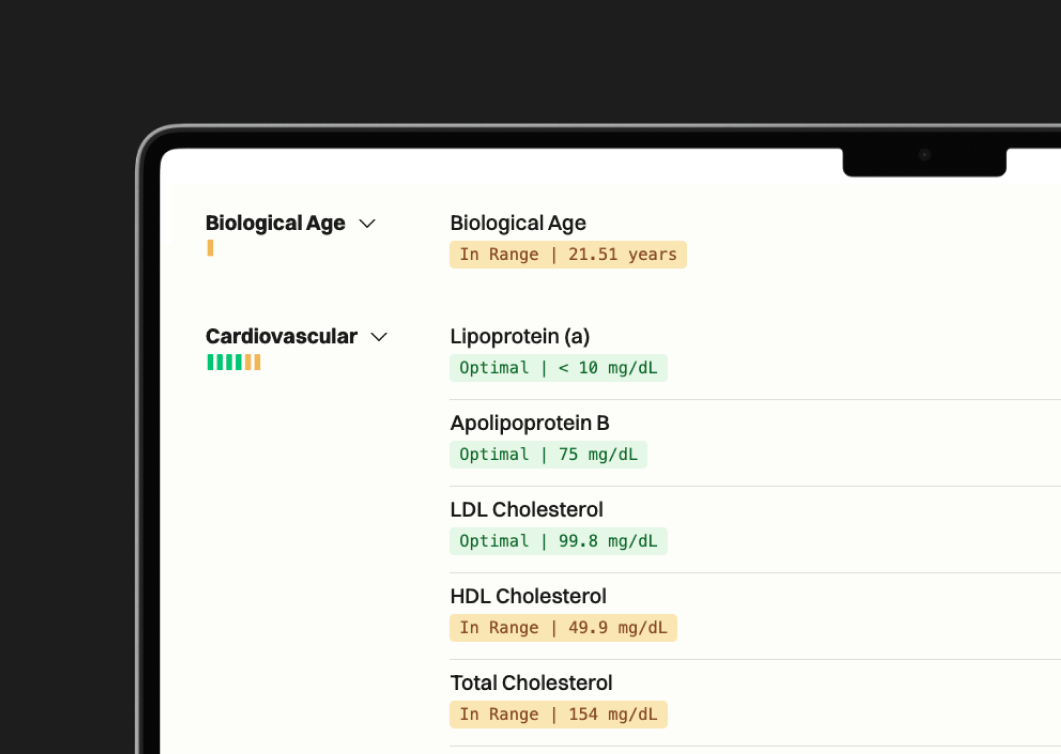

One annual blood test (100+ biomarkers)
Clinician-reviewed insights
Personalized action plan
Access to our AI Concierge
Access to curated products


63%
44%
70%